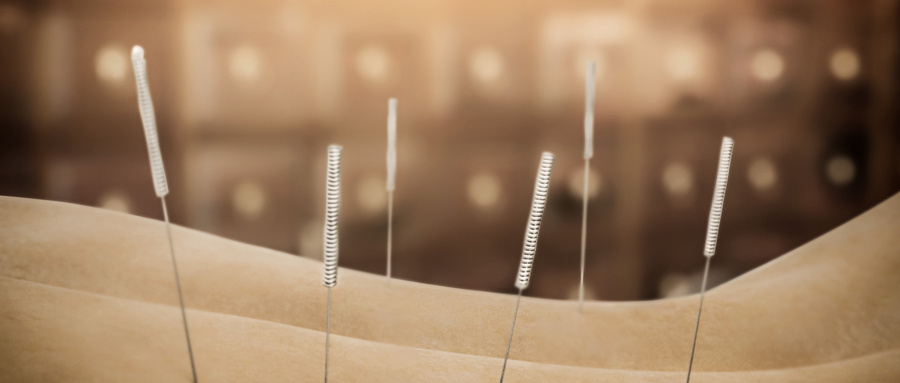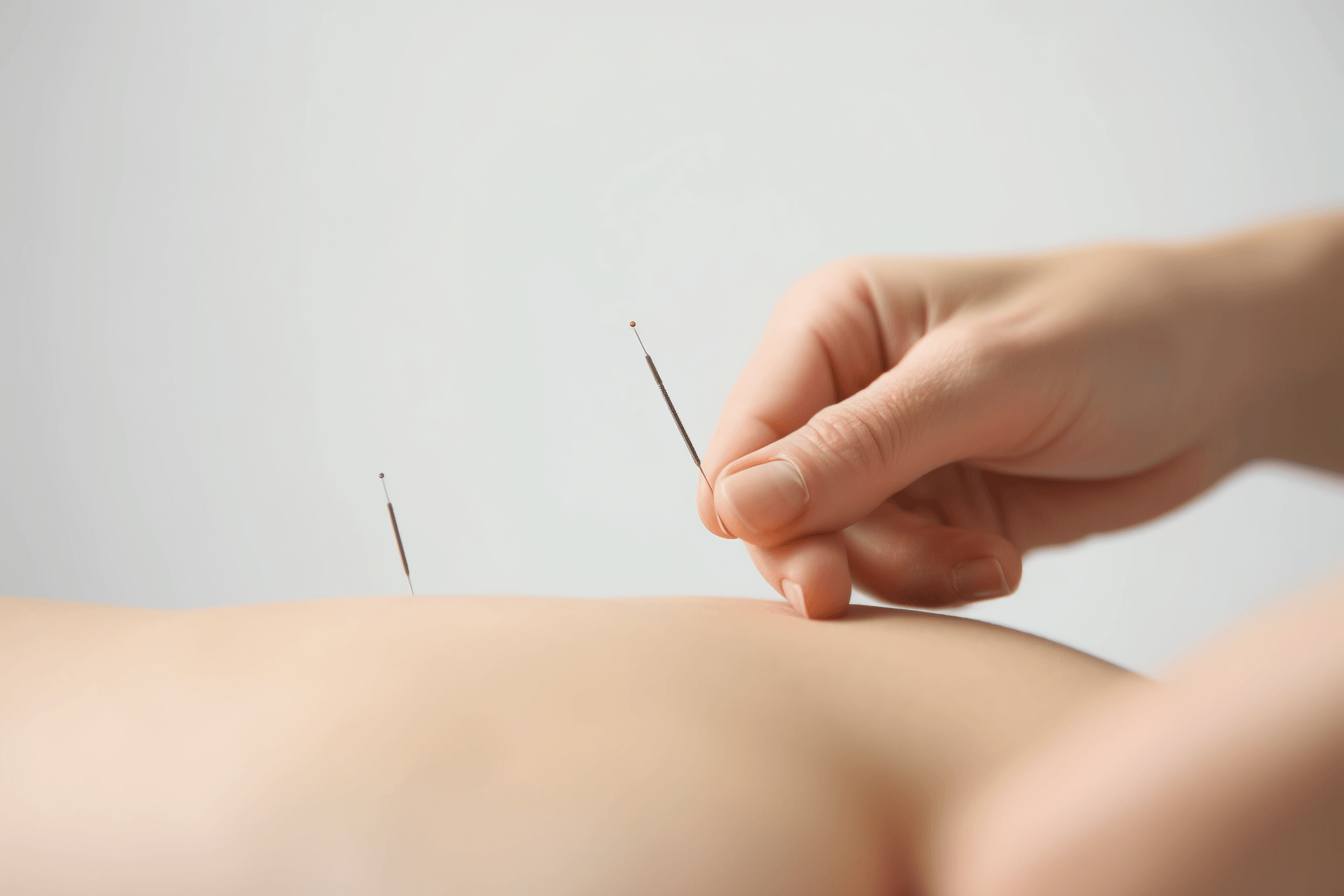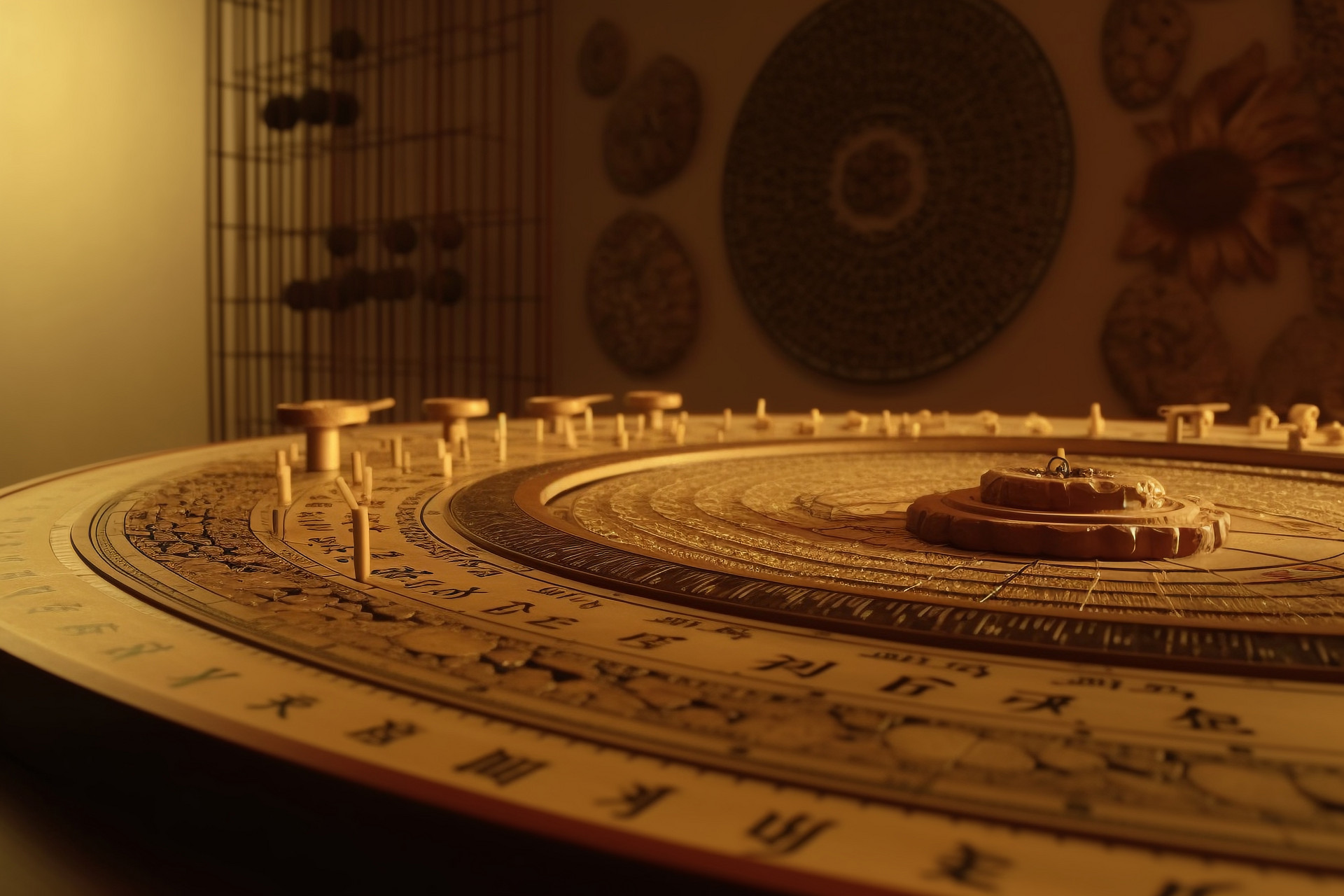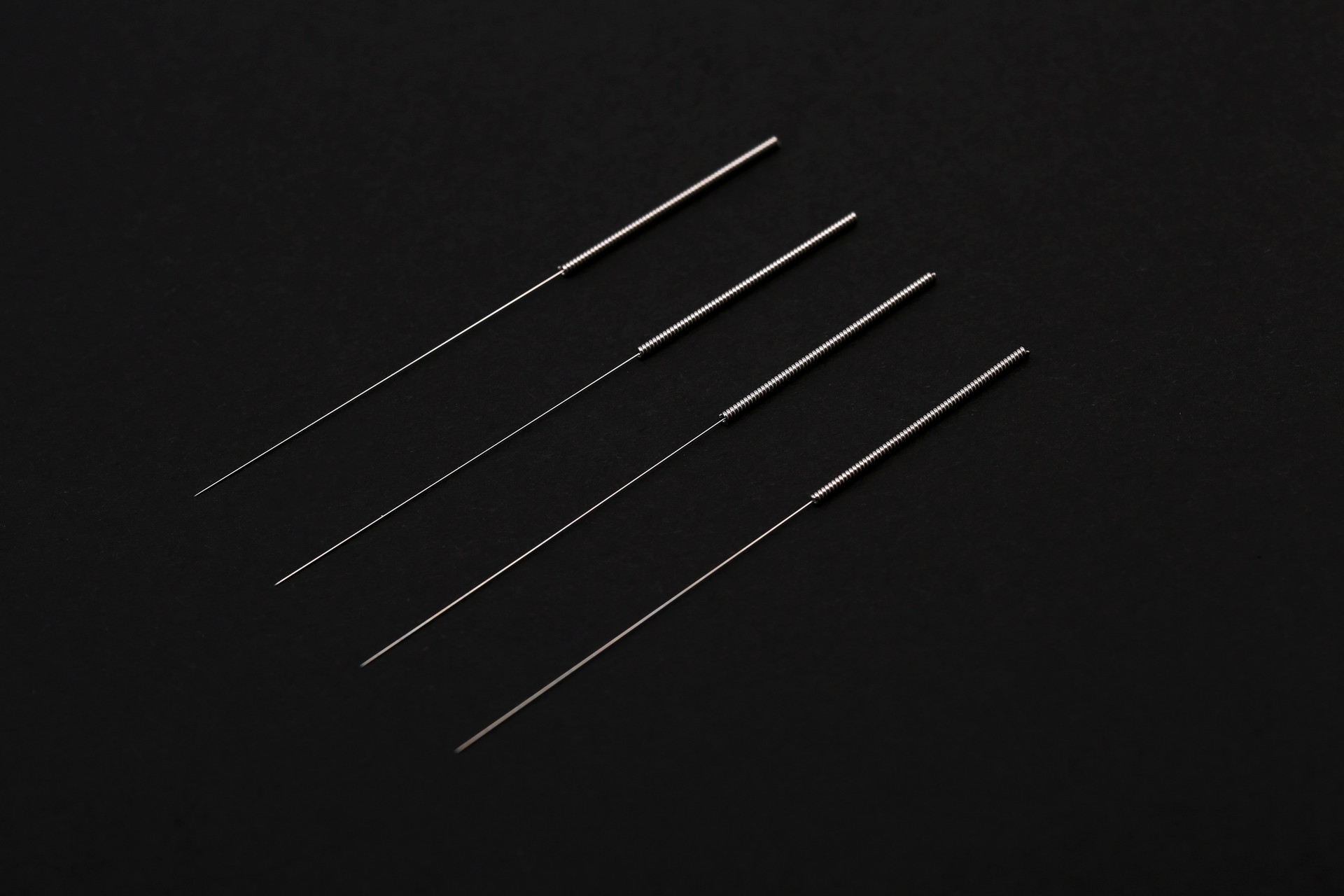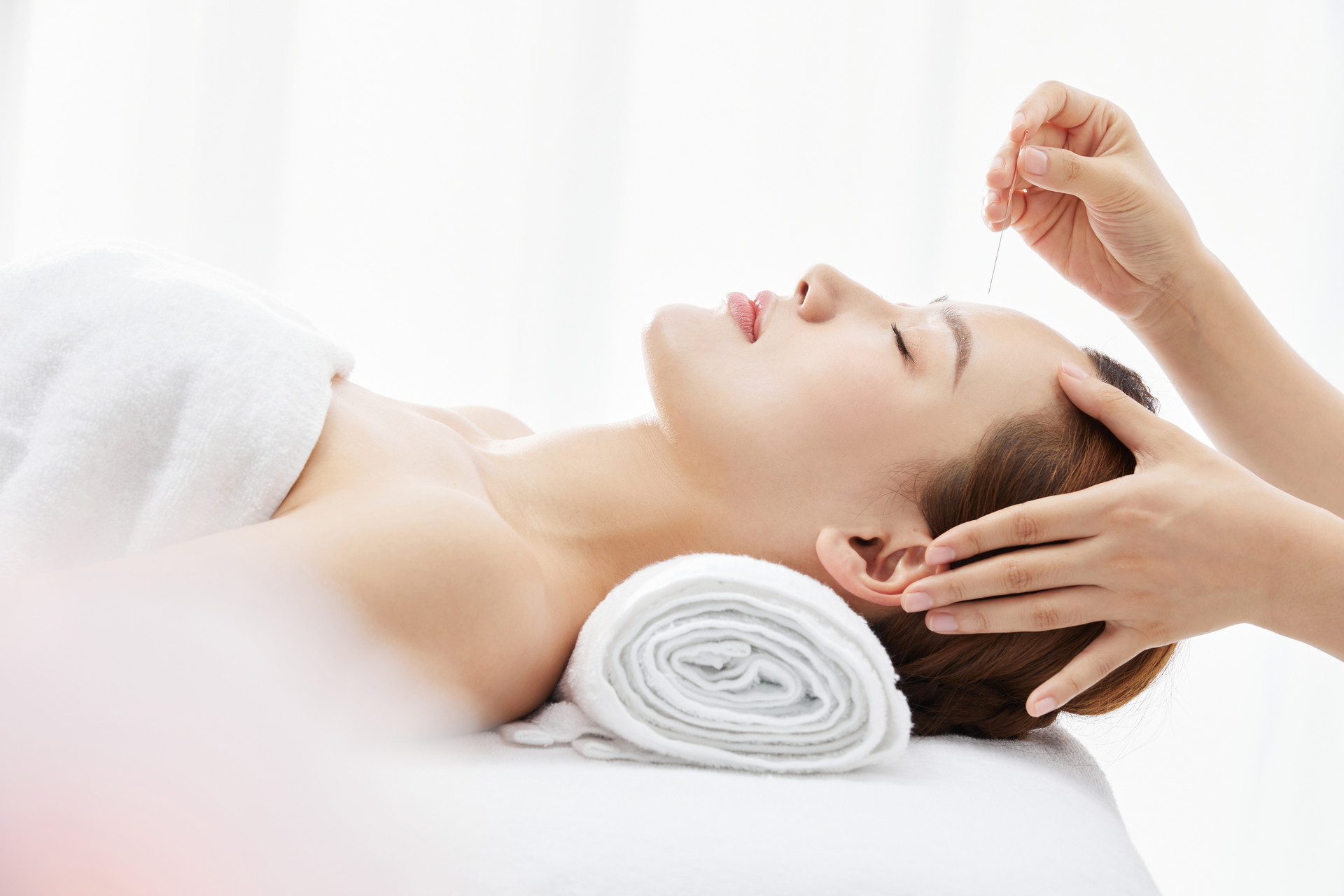Acupuncture is a form of treatment that stimulates specific acupuncture points on our body to help treat various diseases. Therefore, it is very important to know how to choose the acupuncture points for acupuncture. We need to know which points to needle, as well as the angle, depth, and direction of needling. Let's take a look together.
Those who pay attention to health should know about acupuncture therapy for treating diseases. But do you know how acupuncture therapy selects acupuncture points? In fact, as we all know, the key to acupuncture therapy is the selection of acupuncture points. The more accurate the selection of acupuncture points, the better the effect of acupuncture therapy.
There are tricks to selecting acupuncture points for acupuncture.
There are many acupuncture points on the human body, with around 360 meridian points alone, not including some uncommon extraordinary meridians. Analyzing various successful cases of acupuncture treatment, we can conclude that very few patients are cured by needling only one acupuncture point. Often, multiple acupuncture points need to be needled together for effective treatment of diseases.
The area below the elbow and knee joints, known as the root and trunk of the meridians, is where "specific points" are more concentrated. The clinical significance of specific points is great, and there are many records in acupuncture literature, which I won't go into detail here.
Our head is an important organ with numerous important acupuncture points. The junction and branch points of the meridians are more concentrated in the head, with a total of 38 out of 103 junction points in the whole body. This characteristic indicates the extensive range of diseases that can be treated by these points.
Some say that many diseases in other parts of the body can be treated by acupuncture points on the head and face. For example, the "Shuigou" and "Suliao" points are used to treat syncope; the "Meichong" and "Zanzhu" points are used to treat hiccups; "Qingming" and "Tianzhu" points are used to treat back and leg pain; "Fengchi" and "Fengfu" points are used to treat stroke; "Yingxiang" point is used to treat worm syncope; "Xiaguan" point is used to treat heel pain; "Yifeng" point is used to treat foot paralysis; "Tinggong" point is used to treat three types of facial paralysis; "Tongtian" point is used to clear nasal passages; "Yuzhen" point is used to treat eye diseases; "Shenting" point is used to treat epilepsy; "Baihui" point is used to elevate sinking Qi, and so on.
Clinical practice has shown that acupuncture on the head and face is very effective. In recent years, therapies such as head acupuncture, ear acupuncture, eye acupuncture, nose acupuncture, and facial acupuncture have gained popularity. The new experiences accumulated in clinical practice also demonstrate the great potential of the head and face meridians and points in treating a wide range of diseases.
Our neck acts as a bridge linking various parts of the body, so the acupuncture points in the neck are crucial in treating diseases. For example, "Tiantu", "Dazhui", "Tianding", "Renying", "Futu", "Tianchuang", and "Tianzhu" are larger acupuncture points. Stimulating these points can truly treat more serious diseases.
The "Tiantu" point is used to treat hiccups, asthma, cough, and asthma; the "Tianzhu" point can treat shoulder, back, and lower back pain, as well as imbalances between the head and feet.
The "Ren" and "Du" meridians are the main trunk meridians of the body, representing the overall balance of yin and yang. They also have several major acupuncture points, each with its own unique effects. "Changqiang" point is used to treat mania and hemorrhoids; "Zhongzhong" point is used to treat gastric distension and spinal stiffness; "Zhiyang" point is used to treat diaphragm obstruction and abdominal fullness; "Shendao" point is used to treat palpitations and insomnia; "Qihai" and "Shuifen" points are used to treat abdominal distension, pain, and diarrhea; "Juque" and "Zhongwan" points are used to treat stomach and gastric disorders; "Guanyuan" and "Shenque" points are used to treat prolapse and hernia, with excellent effects; "Shanzhong" and "Jiwei" points are used to regulate Qi and relieve chest tightness.
Extraordinary points are supplementary and developed points of the meridians, and their clinical value should not be underestimated. For example, "Yintang" point is used to treat windstroke; "Taiyang" point is used to treat headaches; "Bailao" point is used to treat cough; "Yaoyi" point is used to treat epilepsy; "Heding" point is used to treat cold knees; "Shixuan" point is used to treat syncope and heat; "Sifeng" point is used to treat malnutrition, and so on. These points are all very effective in clinical practice.
In addition, the "Jiaji" points discovered by Hua Tuo, by observing the Qi of the Taiyang and Du meridians on the spine, have unique effects in treating visceral diseases. The range of diseases they treat can be determined by referring to the corresponding "Bashu" points at the same level. Their therapeutic effects and safety in needling are superior to the "Bashu" points.
The points named "Men", "Hai", "Chong", "Guan", "Chi", "Quan", "Xi", and "Gu" generally have more obvious needle sensations and prominent therapeutic effects.


